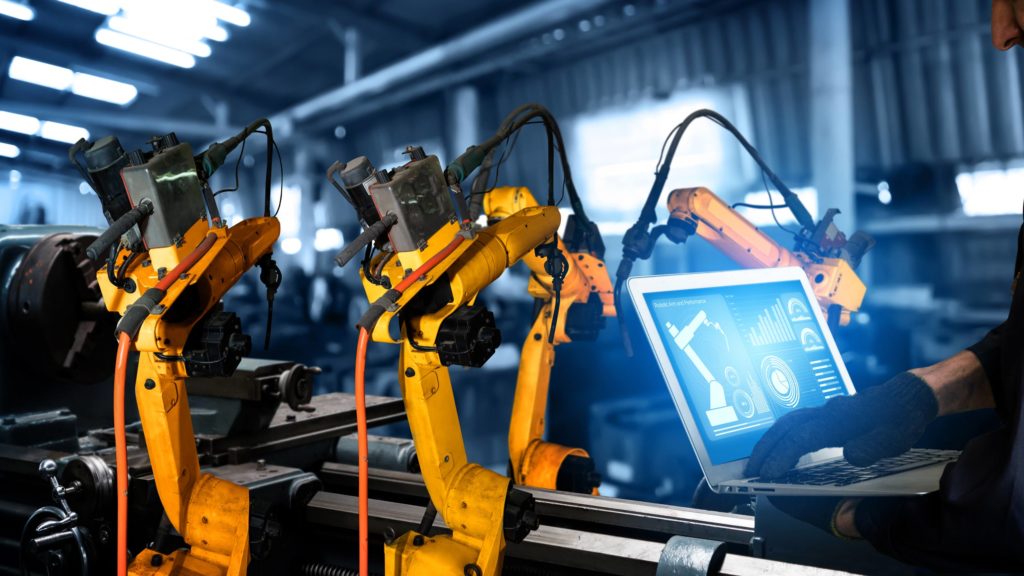The potential for automated technology has long been explored, but a specific type of robot called quadrupedal robots – otherwise known as four-legged robots – have seen a considerable surge in interest and research over the last few decades.
The potential for quadrupedal robots is being more widely explored in an array of industries, from healthcare to military operations. Modern robotic dogs of today are being used to complete tasks typically performed by humans, but which are quite dangerous or physically taxing. With the help of a quadruped robotic dog, tasks like mining in explosive environments can be done by an automated robot—mitigating the danger and risk of a human completing the same task.
The development of robotic dogs have come quite a long way since the first iteration of a quadruped was designed in 1966. Today, firms like Ghost Robotics and Boston Dynamics are constantly improving upon new models of robotic dogs. For a look into the evolution of robotic dogs and where they’re headed in the future, check out the infographic below:
– Sophie writes on behalf of Panda Security covering cybersecurity and online safety best practices for consumers and families. Specifically, she is interested in removing the barriers of complicated cybersecurity topics and teaching data security in a way that is accessible to all –
